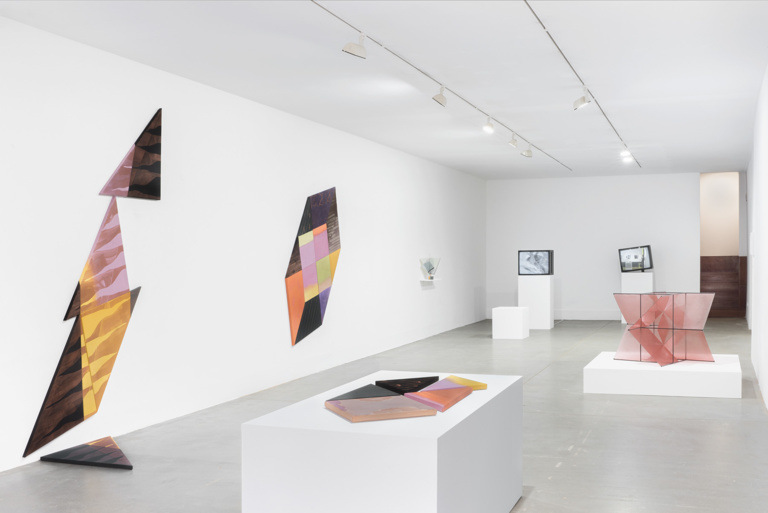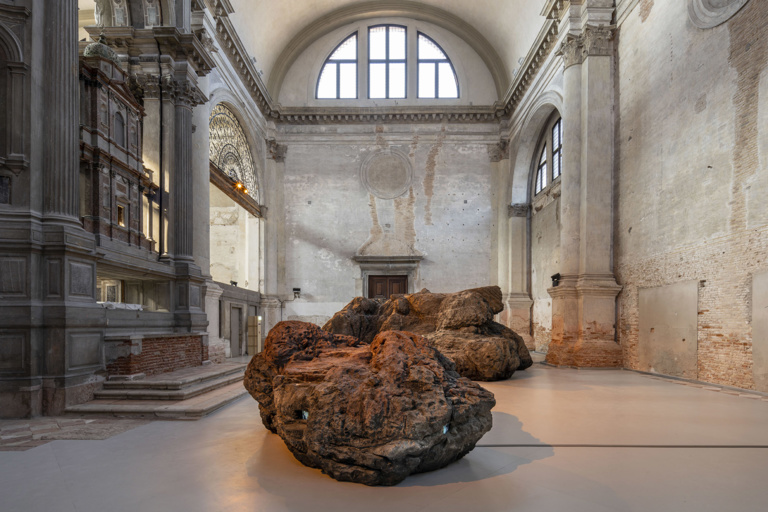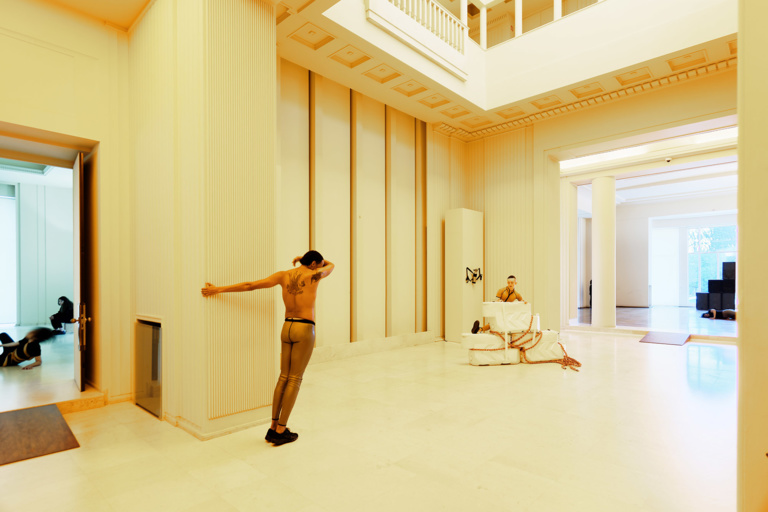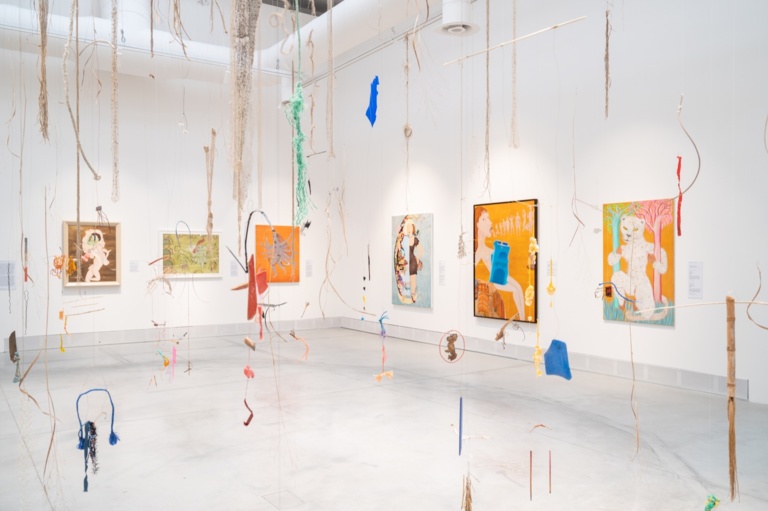Review — by Cristina Sanchez-Kozyreva
There is something energizing in Federico Herrero’s interpretation of Kunsthalle Lissabon’s double-roomed white-cube basement. As you walk down the stairs, colourful rounded rectangular shapes—painted directly on the walls—greet you with the confident innocence of youth. They seem to be moving upwards along the surfaces in groupings, reaching the ceiling in patches, like joyous bubbles or balloons ready to burst into some implied open skies.
Interview — by David Silva Revés
"Footnoote: A Prototype", at Galeria da Boavista, in Lisbon, is the most recent intervention of the curatorial project Footnote, developed since 2018 by Barbara Piwowarska, that has been expanding in numerous contexts, spaces and objects. This was the motto for the conversation between Contemporânea and the polish curator, that currently works as artistic director of Casa de São Roque, in Porto. A talk that went beyond this specific exhibition, but through the whole footnote project and it's artistic and aesthetic horizons; carried out via e-mail during the month of April 2022.
Interview — by Ana Salazar Herrera
Sitting down at Ocean Space, Diana and Chus expanded on the dramaturgy developed to encompass a work where “the camera is closer to a mouth that tells than to an eye that records.” A landscape so analogous to Mars that scientists train astronauts there, Ilhas Selvagens becomes a lens through which the artist asks relevant questions in relation to science, its implications in colonial processes, and toxicity on an interplanetary scale.
Review — by Alexandra Balona
The question of life is a timeless one, pursued by philosophers, scientists, artists, and others from time immemorial. Recovering this eternal enigma in the book What Is Life? (1955), microbiologist Lynn Margulis and her son Dorion Sagan propose a daring evolutionary theory that considers life—from bacterium to biosphere—as a complex autopoietic system that maintains itself in its interrelation with organic and inorganic elements beyond planetary limits. Margulis and Sagan were inspired by Austrian physicist and philosopher Erwin Schrodinger’s work, someone who rejected life as a mere mechanical process and emphasised its physiochemical nature, contributing to the discovery of DNA and the molecular biology revolution.
Article — by Margarida Mendes
Somewhere by the Nile, a person treads on muddy ground. In this close-up shot, we see their body merging with the soil beneath their feet, their ankles sinking into a huge puddle of wet clay. Throughout the video, sentences from Ali Cherri's Book of Mud are read both in English and Arabic. These include excerpts about the Merowe Dam, and tell the story of the origin of life on Earth. Legend has it that it has emerged from clay-bound unicellular organisms to later transmute into different species, and human beings would eventually rise as tool-makers. This cosmology encompasses Ali Cherri's video integrated in this edition of the Venice Biennale, drawing also the main narrative of The Milk of Dreams, the central pavilion of the 59th International Art Exhibition, curated by Cecilia Alemani, Chief Curator of the High Line Art, New York.





